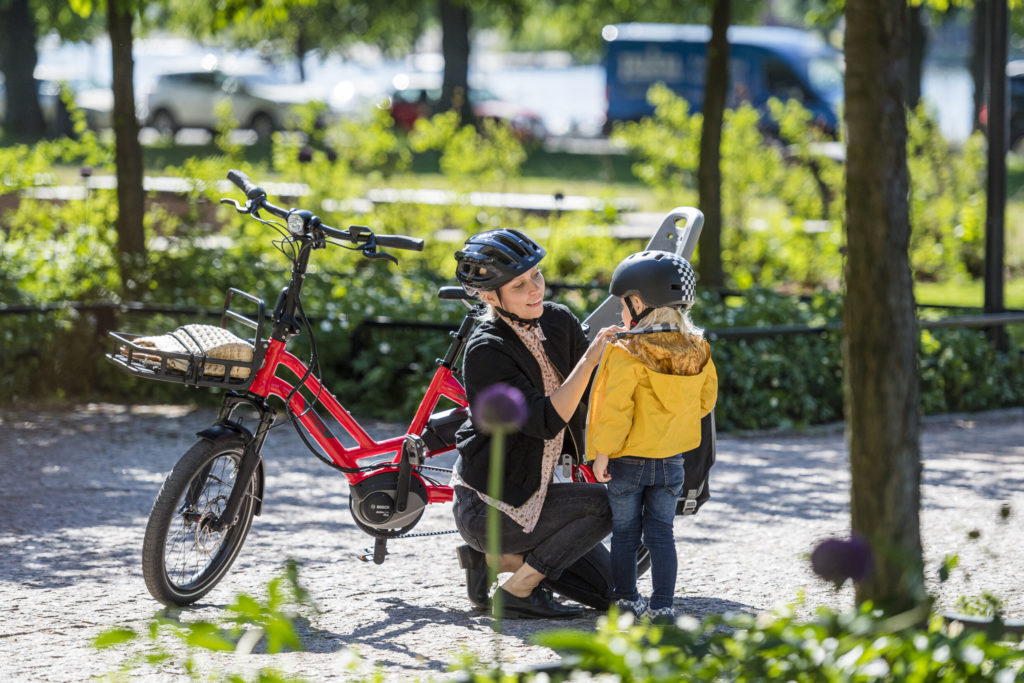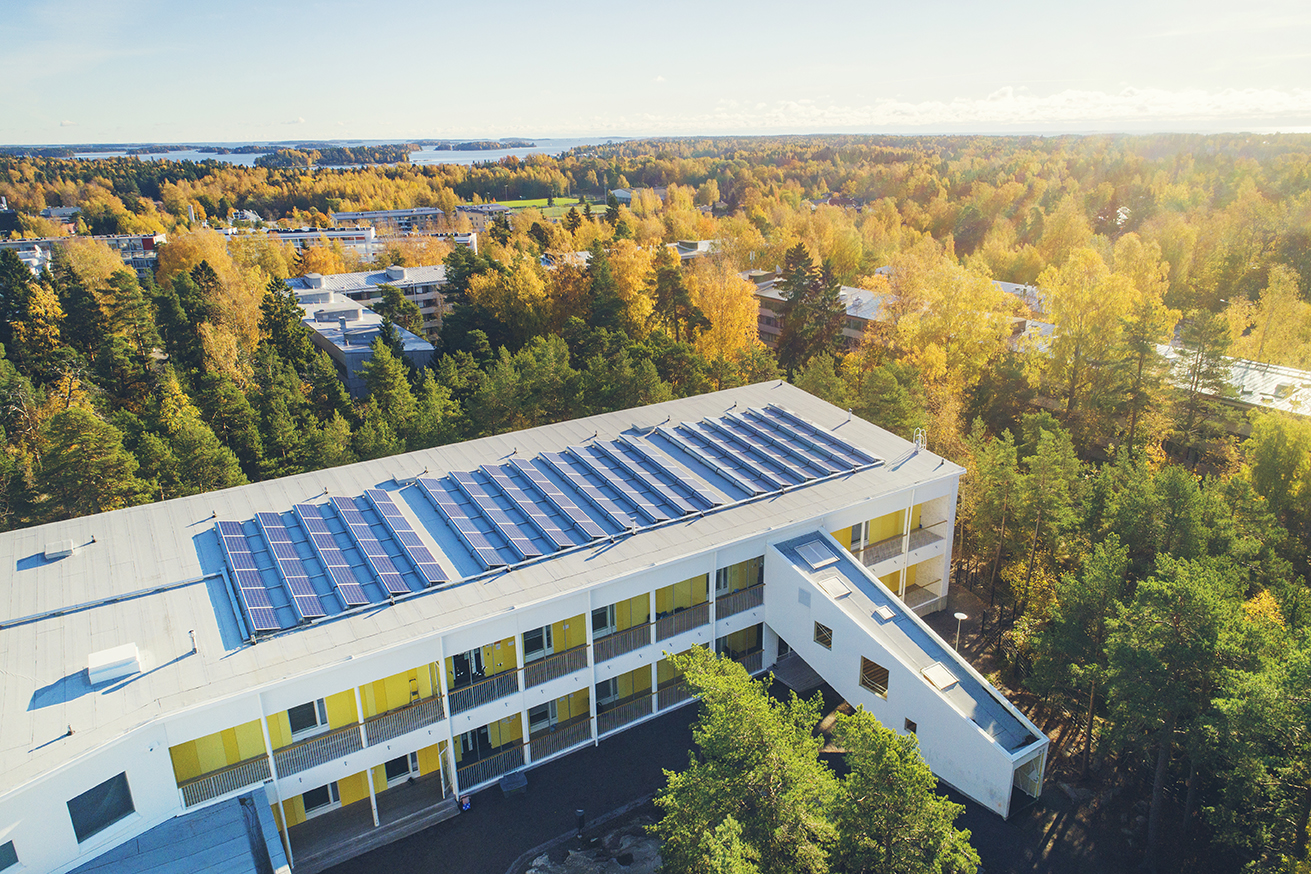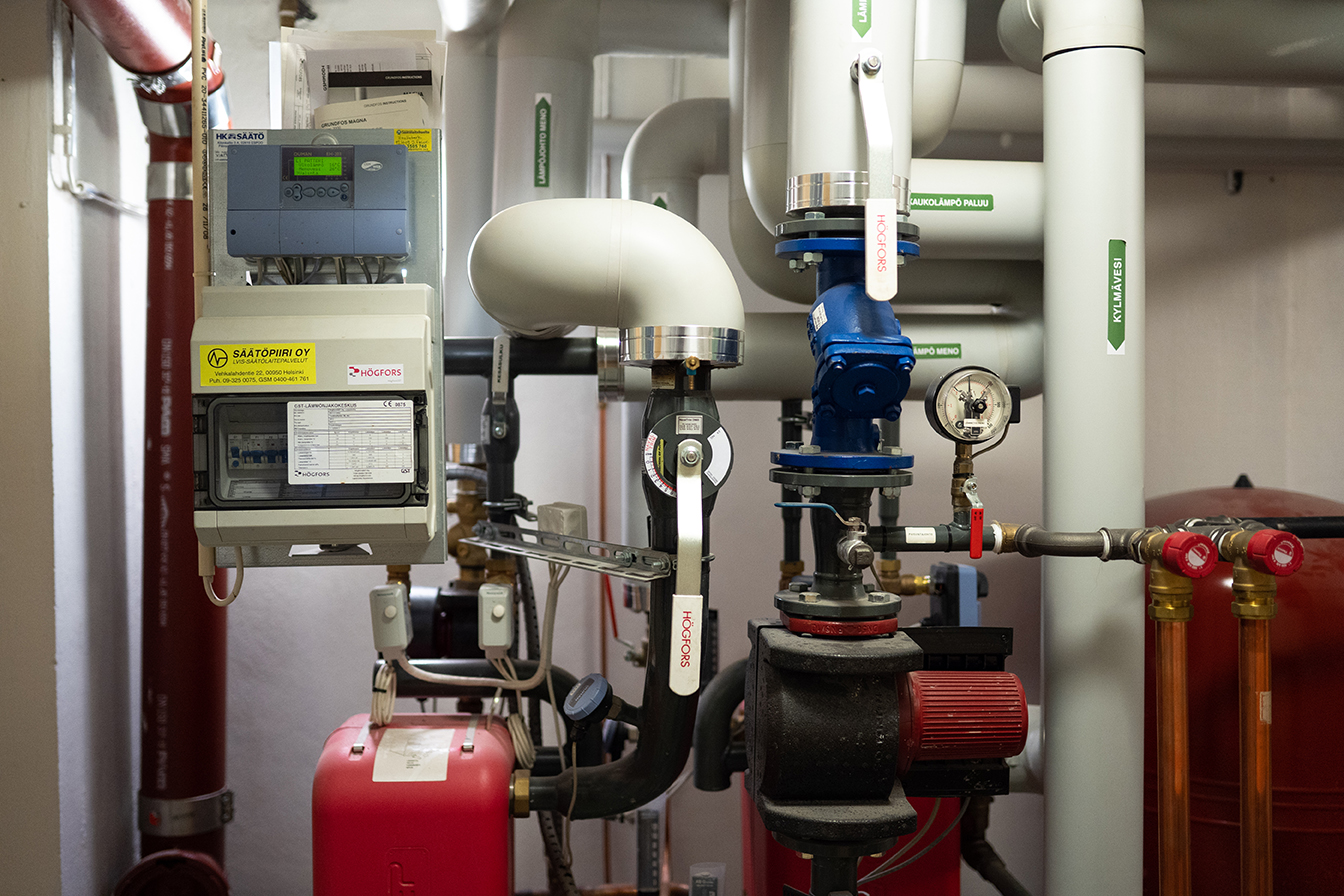
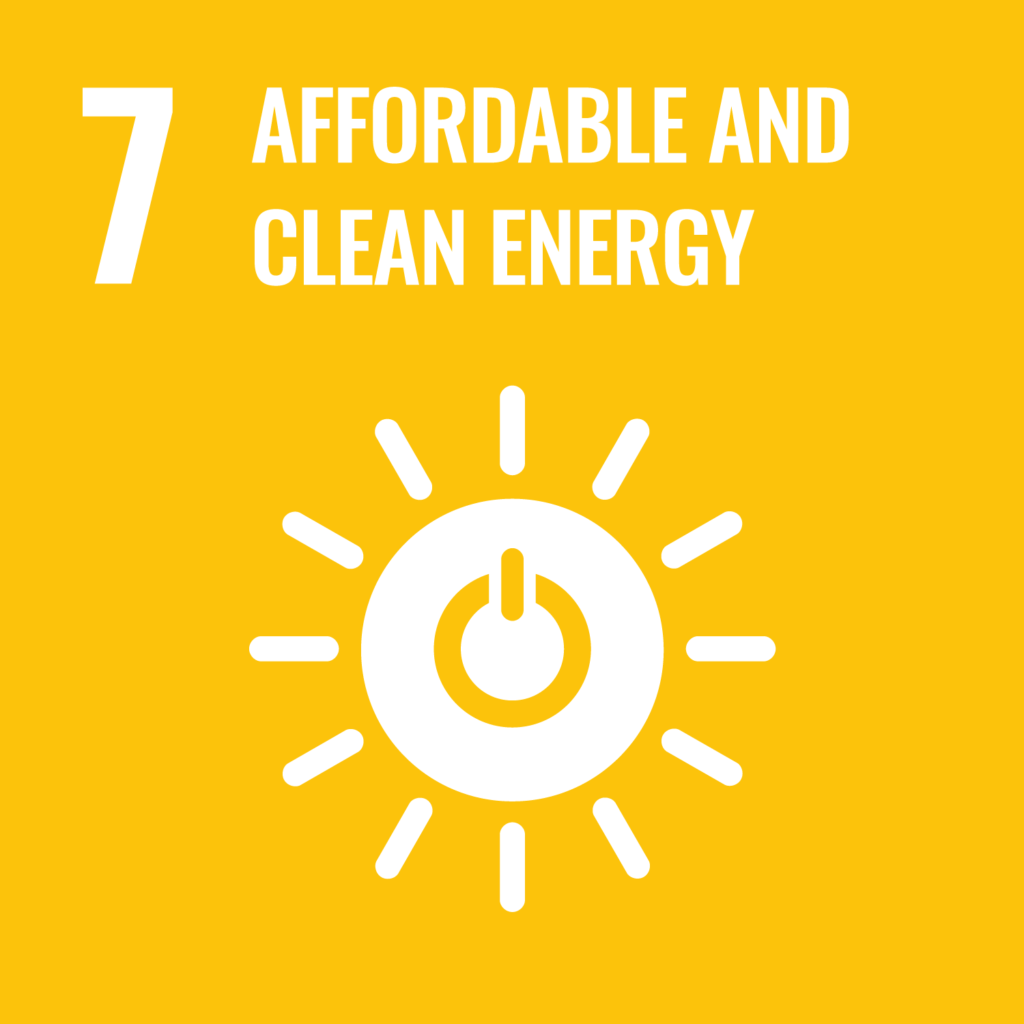
The City of Helsinki’s carbon neutrality target was brought forward to 2030 in the City Strategy, and the Carbon Neutral Helsinki Action Plan was updated to reflect this. Due to the very limited timeframe, effectiveness has been put at the heart of the programme and efforts have been made to set effective measures that directly and rapidly reduce emissions. In Helsinki, the most significant sources of direct emissions are heating, transport and electricity. The action plan focuses in particular on emissions reductions in these sectors. Furthermore, indirect Scope 3 emissions are being taken into consideration in a more target-oriented manner. As for these indirect emissions, the focus is on construction emissions, based on impact and the City’s strategy policies, as these are emissions that the City can also influence through its own actions.
From 1990 to 2021, the amount of greenhouse gas emissions in Helsinki decreased by 33%. The main reasons for the reduction in emissions in the long term are the replacement of coal with natural gas in energy production, improved energy efficiency of the building stock and increased renewable energy. Helen Ltd will completely phase out the use of coal as part of its carbon neutrality target for 2030. The use of coal will cease at the Hanasaari and Salmisaari power plants between 2023 and 2025, which will significantly reduce emissions from heating. In the future, heat will be produced by using heat pumps, waste heat, electric boilers and sustainable bioenergy. Energy storage also plays an important role. Electricity will mainly be produced by nuclear, wind and solar power. In transport, the target is to reduce emissions by 69% from the 2005 level by 2030. Transport emissions have decreased slowly, and it is predicted that the target will not be reached. For this reason, new measures for transport that would be required to meet the target have been identified and will be further prepared during 2023.
Helsinki has also begun to define the boundary conditions of a limited and changing world for the planning of a carbon-negative city. Achieving the carbon negativity target requires that the number of carbon sinks can be increased and emissions can be pushed down. In order to achieve this, changes are also required in the current way of planning the city because the carbon-negative city of the future is already being planned and some of the chains of influence will take time.
HSY is the primary operator that carries out consumption-related influencing and communication directed at residents, based on the City’s strategic steering. Climate work is also visible in the subsidiaries. In accordance with the ownership strategies, most of the City’s subsidiaries have prepared or are in the process of preparing carbon neutrality plans, through which they can contribute to the City’s carbon neutrality objectives.
Towards a Helsinki prepared for extreme weather phenomena
Climate change requires adaptation to its effects. Helsinki strives to prepare for extreme weather phenomena and their indirect effects, which requires preparation for increased periods of heat and drought as well as heavy rainfall and even rising water levels in the coming decades. This means that preparedness must be taken into account in urban planning and new construction and renovation projects. To adapt to climate change, the City is adding more trees and greenery, meadows that can withstand scorching conditions and green structures that control stormwater, such as parks and green roofs. A well-functioning green structure enables stormwater management, the minimisation of flood risks and the reduction of the urban heat island effect. The ability of the most vulnerable population groups to adapt to climate change is ensured through the necessary measures, for example in hospitals, institutions and older people’s housing services.
In recent years, adaptation measures have focused on the development and implementation of natural stormwater management methods, the strengthening of the green structure, the promotion of the use of the green factor in town planning and the development of the tool, the improvement of summer cooling in City-owned properties such as schools and nursing homes, as well as the improvement of climate-resilient renovation and climate change risk management. The adaptation work has been rather fragmented, which is why an overall plan will be drawn up for it. The first step is to draw up a plan for heavy rainfall, followed by a hot weather plan and the mitigation of the negative effects of crisis and risk situations. The adaptation work is particularly challenged by the speed of climate change, but also by the City’s growth targets, which requires coordination of objectives and measures.
Emissions development by sector (kt CO2 eq.)
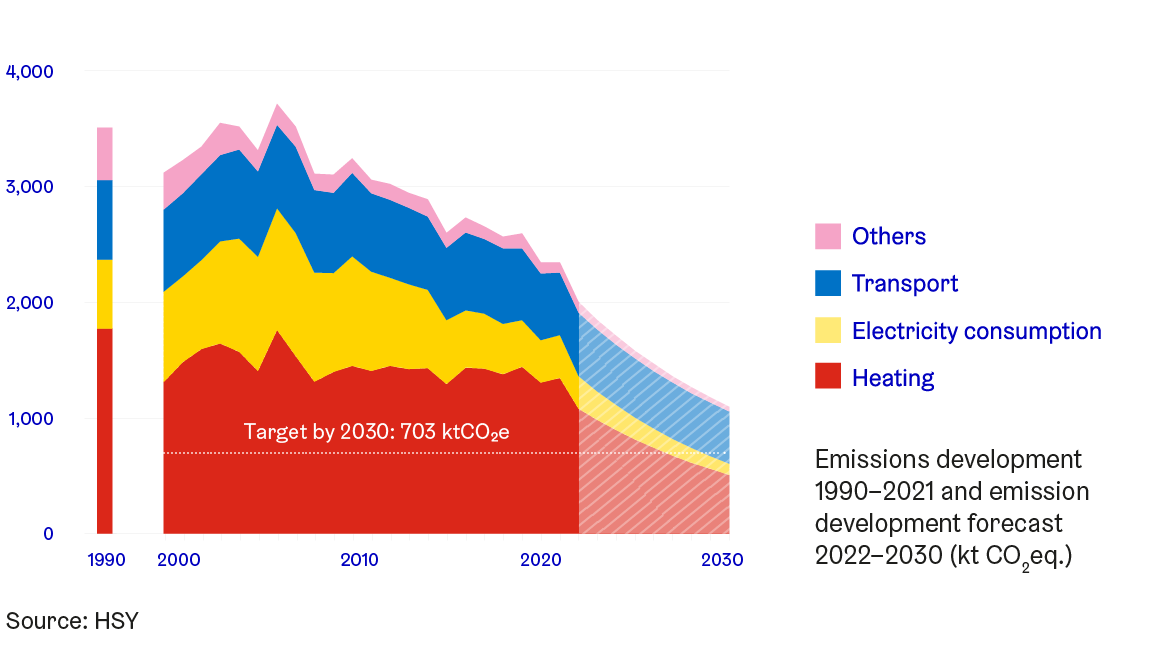
Successes:
- The carbon neutrality target was brought forward from 2035 to 2030.
- The effectiveness of climate work has been significantly increased.
- The Energy Renaissance Team has promoted the energy efficiency of housing companies.
- Hanasaari coal power plant was closed in 2023.
Areas for development:
- More solutions to replace fossil fuels are needed in energy production.
- New measures to reduce emissions must be introduced in transport.
- Climate change adaptation and city growth require reconciliation.
Programmes and websites:
Carbon Neutral Helsinki Action Plan PDF
Supporting Strategy with Action Plans: Guide for the Preparation of an Emissions Reduction Action Plan PDF
Helsinki’s Climate Change Adaptation Policies PDF
City of Helsinki Storm Water Management Program PDF
Helsinki’s climate actions website

